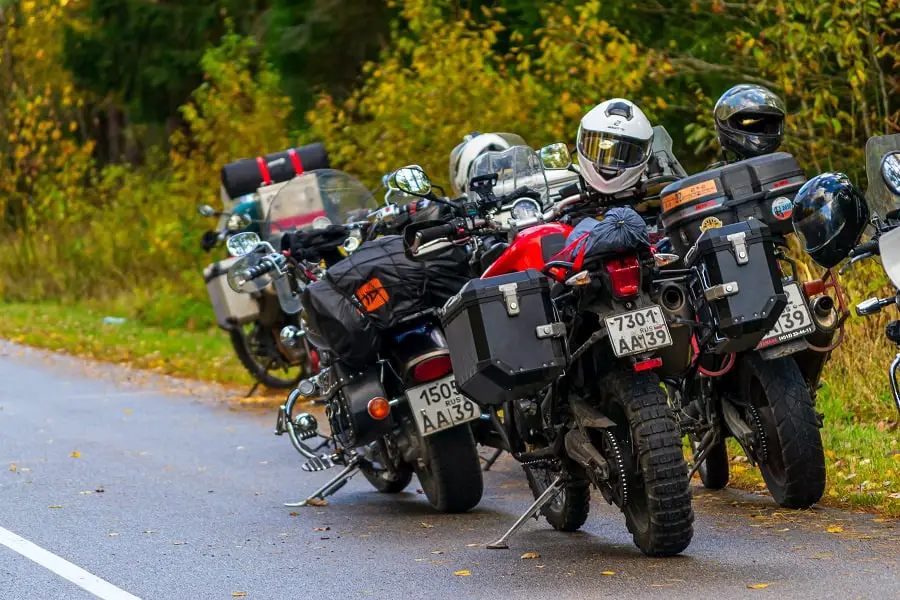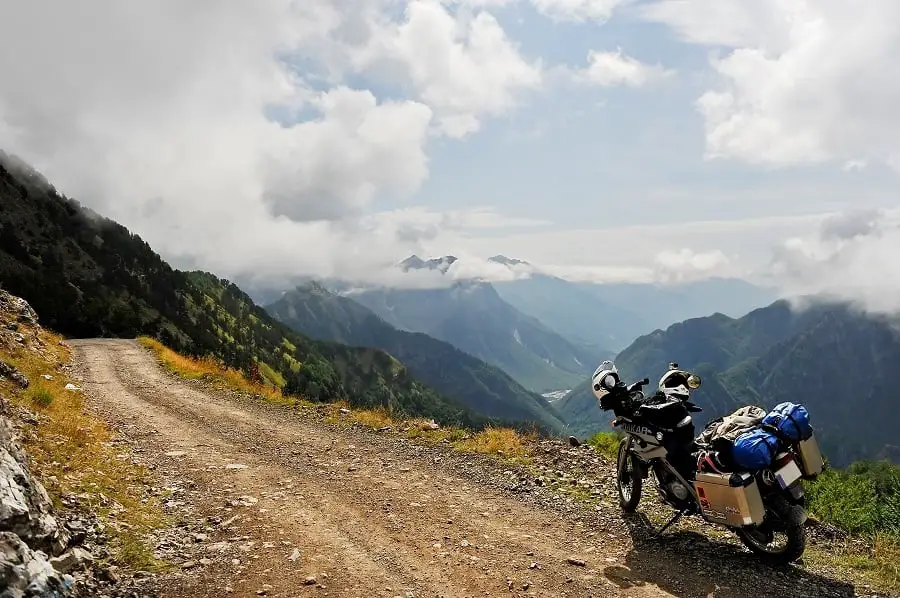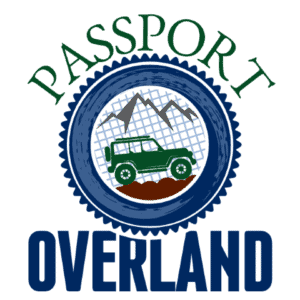
There is never a more thrilling and interesting time than loading your adventure bike. That is because you are almost certain the trip is going to happen; you are going to explore new lands or forests. These are moments to cherish, knowing that you are going on an adventure trip on your favorite bike.
However, with all that buzz around the trip, the downside comes to the bike’s loading. Not many bikers know what to carry, the precise amount that will not weigh their bikes down, how to load the luggage on the bike for easy movement and maneuver.
So, how do you pack an adventure bike for a trip? An adventure motorcycle should be packed in such a way to maintain low and balanced weight side to side and forward to back. Heavy items at the bottom. In addition you would want to secure the items down and protect them from the weather.
Packing is basically like a science. To do it perfectly, you have to undergo several trials and errors. You will only hone your loading skills by doing it more and more.
Understand that loading a motorcycle is will depend on the terrain you wish to discover, length, sleeping arrangements, and weather conditions, among other things.
If you consider all these things and the know-how to choose the right amount of stuff you require, loading the bike will not be a hard task.
How Do You Load An Adventure Bike?
The number one trick to load the bike effectively is by maintaining a low and balanced weight. Make sure every side of the bike has a balanced weight.
But how do you achieve this? Start by packing the heavier things at the bottom. However, not all heavy stuff needs to go down there, especially if it is something you will need more often.
This information is vital if you have a sportbike, standard-style motorcycle, or cruiser that comes with a low center of gravity.
You will probably use several vertical travel packs attached to the luggage rack or backrest with such bikes. Such luggage will carry lots of gear and stuff, and they are perfect for touring and camping itineraries.
Packing the top bag as a light one holding the essentials you may need often, is also a marvelous idea. These could be items such as an extra jacket, gloves, and raincoats. Let the lower compartments accommodate the heavier items to have very little effect on the weight distribution on the bike.
However, you need to ensure you do not overload the luggage rack as it may affect the bike’s handling.
If you want to know what gear you need for an adventure trip, check out our article “Essential Gear for Adventure Riders“.
Securing Your Load On An Adventure Bike

Having a big load with you and arriving safe will ultimately depend on how you load the bike. Will the luggage hold on till you get to your desired point? Whether riding on rough trails or cruising at interstate speeds, the cargo must be well secured. Cargo nets and bungee cords are great for securing the cargo once you load it.
However, you should use these with caution since they are slightly flexible. Their little metal hooks can also damage the paint surfaces around that area. You could wrap the electrical tape at the connection points to not scraped off the paint.
Secure the Load with Cargo Straps
Get the cargo straps that have the ratchet-style or cam-lock mechanism. These are much better for loading the bike than the typical cargo nets or bungee straps. They will secure your luggage better, but note that the luggage may loosen while the bike is in motion.
That is why you need to keep checking your luggage several times along the way and tighten it where it gets loose.
Usually, cargo straps are long, which means you could be having some of it just flying around if not utilized. Tangle the straps in the rear wheel or the drive chain to avoid causing serious issues as you ride the bike.
Properly secure the loose ends to ensure they do not come off and find their way near your wheel.
Luggage Attachment Paranoia
Many riders have paranoia about losing their tail bags, saddlebags, and other luggage.
Not many trusts the standard equipment that comes with the bikes, such as straps and buckles. These may include the soft saddlebags that come with a zip-off. Even though these buckles and straps may look robust, they can easily disintegrate under heavy load when loading your luggage.
That is why it is recommended to use additional safety measures. You could get the giant cable ties that are quite thick. Thread them around your luggage once you load it to keep it more secure and prevent the bags from falling or swinging about as you cruise the woods.
Here are some examples of straps on Amazon.
Protecting Your Gear From the Weather
It is always prudent to think about the weather when loading your motorcycle. Think of the luggage you are carrying. Do you wish to avoid water sipping through in any way? Do you have items or things that may get damaged when water gets in your bags?
Of course, every rider wants their bags dry when they get to their destination, which is why you need to think about weather protection.
Consider packing your luggage and essentials in quart-size ziplock and gallon bags. You can then keep the most fragile and vulnerable items away from a direct hit by rain as you load the bike. Place such items between other bags and cargo to secure them from rainwater. Such bags and packages should not be at the very top of your luggage – directly exposed.
These may be electronics such as laptops and cameras, even though stored in weather-resistant panniers. Before heading out, double-check whether your outer covers cover every part of the luggage you need covering.
Consider the zip-lock bags as they are convenient for the items that could potentially wet your stuff, such as plastic water bottles bearing ice-cold water. Condensate can easily form and wet things around, which is why these bags are ideal for keeping the bottle away from other stuff.
Here are is a weatherproof jacket and pants from Frogg Togg on Amazon. I love Frogg Togg for their lightweight, no-frills waterproof apparel.
Verdict
Adventuring on your motorcycle is all fun, but the loading part is never easy for some bikers. Choosing what to carry and how to load it on the bike becomes a dilemma. However, it all boils down to the itinerary you plan to go on.
From the trip, you will easily decide the number of personal clothing to carry, the camping kit you need, and even the motorcycle clothing, among other things. From there, you can start loading the bulky stuff first to keep the bike low and balanced.

